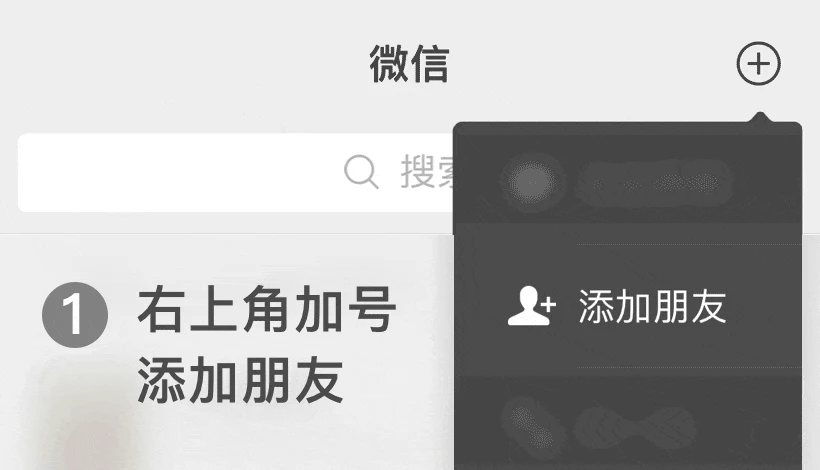.jpg)
 Professional services are guaranteed
Professional services are guaranteed One on one full process guidance
One on one full process guidance Efficient and fast experience
Efficient and fast experienceSA8000, the abbreviation of Social Accountability 8000, stands for "Social Accountability Standards". It was established and published by the American non-governmental organization Social Accountability International (SAI) in 1997. Its purpose is to ensure that all products supplied by suppliers meet the requirements of social responsibility standards, with the aim of protecting labor environments and conditions, labor rights, etc. The formulation of this standard is based on the International Labor Organization Convention, the United Nations Convention on the Rights of the Child, and the Universal Declaration of Human Rights.
1. Child labor
It is prohibited to employ workers under the age of 15 (this age limit may be relaxed to 14 in regions where the Compulsory Education Law applies);
Enterprises need to establish an age verification mechanism and provide educational support for underage workers.
2. Forced or compulsory labor
All forms of bonded labor, prison labor, and forced overtime are prohibited;
Employees have the right to freely terminate their employment relationship and retain their identity documents.
3. Health and safety
Provide a work environment that meets OSHA standards and conduct regular safety risk assessments;
Establish a system for preventing occupational diseases, equipped with first-aid facilities and professional training personnel.
4. Freedom of association and collective bargaining rights
Guarantee employees' rights to freely form trade unions and participate in collective bargaining;
Retaliation against employees for their union activities is prohibited.
5. Discrimination
Employment discrimination based on race, gender, religion, etc. is prohibited;
Establish anti-harassment policies to ensure fairness in promotions and compensation.
6. Disciplinary measures
Inhumane management practices such as corporal punishment, mental oppression, and economic sanctions are prohibited;
Formulate a written disciplinary policy and make it public.
7. Working hours
The weekly working hours shall not exceed 48 hours, and overtime work shall be voluntary and subject to additional compensation;
Ensure that employees take at least one day off every seven days.
8. Salary and benefits
Wages must meet the statutory or industry minimum standards and be paid on time and in full;
Provide statutory social insurance and paid leave.
9. Management system
Establish a social responsibility policy document to clarify the responsibilities of management;
Regularly conduct internal audits and communicate with stakeholders.
(I) Strategic value
1. Brand value enhancement
• Gaining recognition from international buyers and enhancing market competitiveness (such as gaining access to Apple and Disney's supply chains);
• Reduce ESG (Environmental, Social, and Governance) investment risks and attract responsible investors.
2. Optimization of supply chain management
• Reduce supplier moral hazard through standardized management;
• Enhance supply chain transparency and resilience.
3. Employee performance improvement
• Reduce labor disputes and employee turnover rates;
• Improve production safety and employee satisfaction.
(II) Implementation challenges
1. Cost pressure
• Initial investment of manpower, equipment, and training resources is required (cost-sensitive for small and medium-sized enterprises);
• Long-term maintenance costs include annual audits, system upgrades, etc.
2. Audit stringency
• Some clauses (such as overtime wage calculation) require precise financial data support;
• Multi-level audits in the supply chain increase complexity.
With the surge in ESG investment and the introduction of regulations such as the EU's Corporate Sustainability Due Diligence Directive (CSDDD), SA8000 is exhibiting the following trends:
Integration with the ESG framework: serving as a key indicator for environmental, social, and governance (ESG) disclosures.
Technology Empowerment: Application of Blockchain and AI Technology in Supply Chain Traceability and Real-time Monitoring.
SME expansion: Promote SME certification through simplified toolkits and government subsidies.
(I) Application materials
1. Basic documents
Business license, organizational chart, employee roster, and sample labor contract.
2. Social responsibility policy document
A written policy statement encompassing the nine key elements of SA8000, signed by the top management and publicly disclosed.
3. System operation records
Work hours and wage records, health and safety training files, employee complaint handling records, internal audit reports, etc.
4. Supply chain management documents
Supplier Social Responsibility Commitment, Supplier Evaluation Report, and Improvement Plan.
5. Internal audit materials
Internal audit plan, checklist, non-conformity report, and evidence of rectification.
6. Management review report
Analysis of the achievement of social responsibility objectives, evaluation of system effectiveness, and continuous improvement plan.
7. Certification application documents
Fill out the application form provided by the certification body and submit it for pre-review (if applicable) or proceed directly to the formal review.
(II) Application conditions
1. Compliance with legal and regulatory requirements: Applicants should adhere to national and local laws and regulations, ensuring that their management systems are legal and compliant.
2. Establishment of social responsibility management system: Applicants should establish a social responsibility management system and be able to demonstrate its compliance with the requirements of the SA8000 standard.
3. Sufficient documentation: Applicants should prepare sufficient documentation, including company background information, management system documents, social responsibility reports, etc.
4. Ability to produce products or services that meet social responsibility requirements: Applicants should possess the ability to produce products or services that meet social responsibility requirements, and be able to demonstrate that they do not use unethical production methods such as child labor and forced labor in their production processes.
5. No record of major illegal activities: The applicant should have no record of major illegal activities, including violations of labor law, environmental law, and other relevant laws and regulations.
6. Business operation time: Applicants should have been engaged in their declared business for at least 6 months prior to application, and have active contracts with their customers.
7. No serious violations: Prior to the first stage of audit, there must be no significant unresolved violations of any element of the SA8000 standard (including freedom of association) for at least 6 months.
The following is the process for obtaining social responsibility management system certification (taking SA8000 as an example):




Wechat ID:Siterui888888
Add a wechat friend to get free plans and quotations


 Contact
Contact




 定制化解决方案
定制化解决方案 专业咨询指导
专业咨询指导 透明化服务
透明化服务 长期顾问式合作
长期顾问式合作